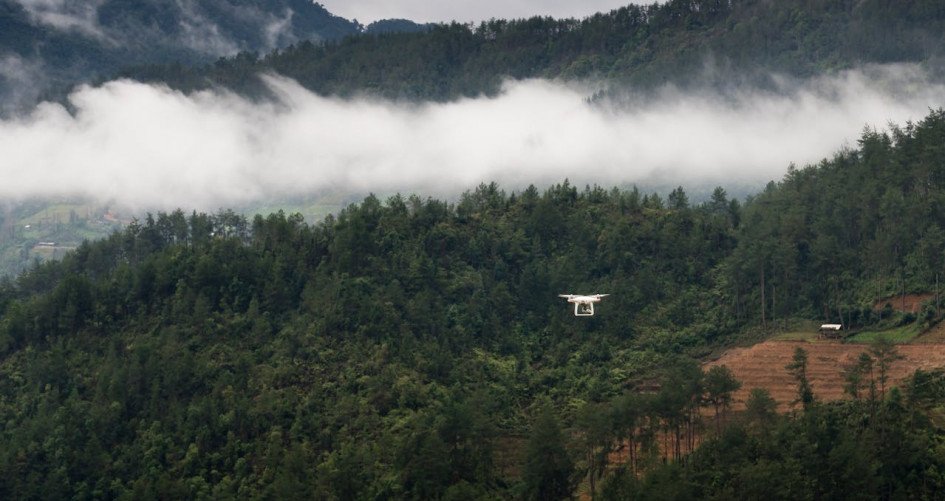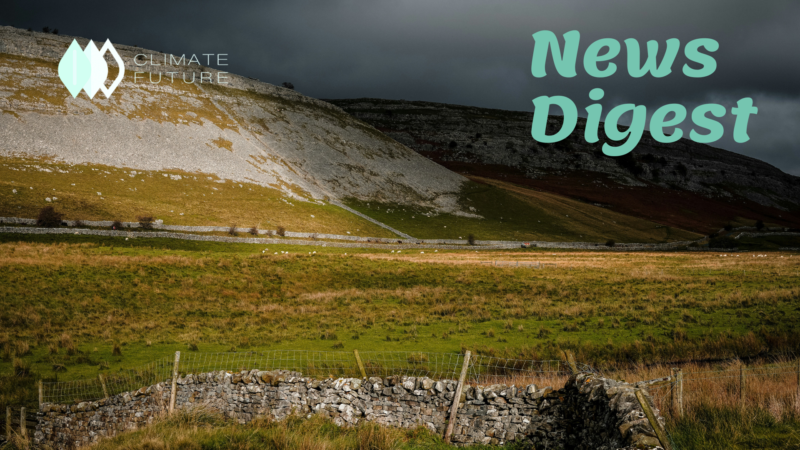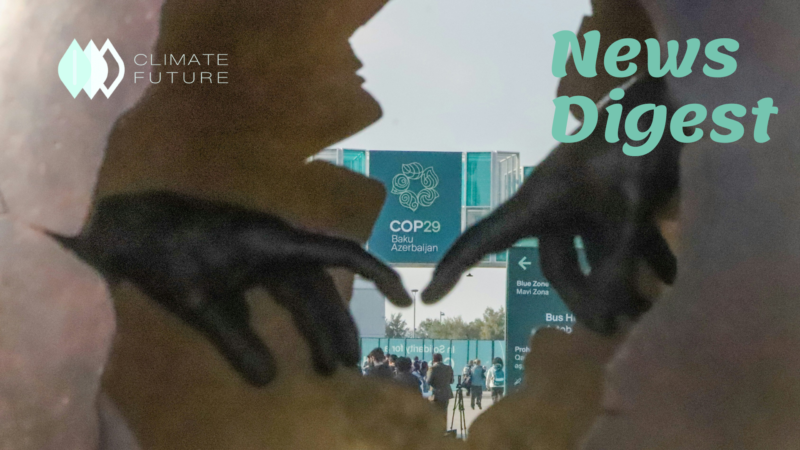Launch of New Climate Reporting Tools for Enhanced Transparency

Credit: Pixabay / StartupStockPhotos
UN Climate Change introduced online reporting resources for the Enhanced Transparency Framework (ETF) of the Paris Agreement. These instruments will assist nations in monitoring climate data and information for reporting in BTRs, or biennial transparency reports. Countries will be able to create more robust climate policies thanks to the BTRs and ETF, which will enhance the assessment of global climate progress. Countries can now streamline the reporting process by gathering data and producing reports in standardized formats. Governments can evaluate progress and pinpoint regions in need of resources with the aid of data from BTRs. This will assist in bringing in funding for climate action. To help countries make efficient use of the new reporting capabilities, resources such as FAQs, user guides, and training are provided. Training will be given to assist nations with data collection, management, analysis, and reporting. Although there are benefits to climate reporting, some governments, particularly developing countries, may find it difficult. UN Climate Change is dedicated to creating more training and capacity-building initiatives to tackle these issues. 150 nations and over 1,900 professionals have already received training. Utilizing the resources at their disposal is advised for all nations. According to UN Climate Change, reporting provides an opportunity to share success stories, learn from data, and create better policies and funding allocations. Building capacity for increased climate action and constructive change will be facilitated by this.
Technology for Early Warnings and Risk-Informed Adaptation

Credit: Pexels / Quang Nguyen Vinh
Enhancing early warning systems (EWS) for catastrophic weather events through technology was the topic of a UN summit in Bonn. Data analysis and extreme weather event prediction using new technology, such as artificial intelligence, may save lives. The use of technology for climate adaptation is prioritized in many countries, and about half of all nations have EWS in their climate plans. Unfortunately, a lack of infrastructure, financing, and experience makes it difficult to use these technologies in underdeveloped nations. Also, the gathering emphasized the value of solutions that put people first, such as location-based messaging that instantly notifies recipients on their phones. Working together, rich and developing nations must enhance EWS in susceptible areas. A policy brief on utilizing technology for EWS will be created based on the discussions, with an emphasis on enhancing the accessibility of these systems for small island developing states and least developed nations.
Vietnam’s long-awaited greenlight for direct renewables sourcing could revive stalled market

Image: Nami Energy
To encourage the use of clean energy, Vietnam is taking a significant step forward by allowing large firms to purchase renewable electricity directly from power generators. The renewable energy industry has faced years of difficulties, such as legislative gaps and problems with grid stability. The only supplier of electricity in Vietnam used to be the government-owned utility. Suppliers of renewable energy can now choose to sell their electricity to the national grid or construct their own private power connections to industrial clients. This should hasten Vietnam’s clean energy objectives and assist businesses in reaching their own sustainability goals. With government assistance, Vietnam’s renewable energy sector saw substantial growth between 2018 and 2021; the new policy is considered as a turning point in that expansion. However, a period of ambiguous laws that followed resulted in project cancellations and delays. Since its original proposal, the new law has been amended to provide for greater flexibility, including a lowering of the minimum power consumption requirement for buyers. The national grid’s capacity to manage the growing amount of renewable energy is still a source of concern, and some experts argue that investing in battery storage is essential. Vietnam is making progress towards its clean energy targets in spite of these obstacles. Recently, the nation scrapped plans to build a coal-fired power plant and signed a $15.5 billion agreement to fund upgrades to the system, energy storage, andoffshore wind.
Coal use in Indonesia and the Philippines reaches record levels

Image: Recourse
In 2023, both Indonesia and the Philippines continued to largely produce electricity from coal, even as they had made promises to decrease coal usage. In the last year, the Philippines rose to the top of Southeast Asia’s list of coal-dependent nations with 61.9%, whereas Indonesia’s coal usage soared to an all-time high of 61.8%. It has been conventionally blamed on the increasing demand for electricity and the limited availability of renewable energy sources as the reasons for the rise of coal as a source of energy. The country’s climate commitments are at odds with this offset in coal dependency. The Philippines have plans to attain 2028 capacity enlargement even though there is a ban on building new coal plants. Indonesia has a different opinion on the financial situation regarding international aid to replace coal. Nevertheless, it looks forward to producing net-zero emissions by 2060, and that is an argument. Renewable energy sources are gradually replacing fossil fuels in both these countries. One of the nations of Southeast Asia, Indonesia, made the greatest investment in renewable energy in 2023, but it is yet only 0.3% coming from solar and wind power to its total energy consumption. While 4.2% is generated from the Philippines. The regional average for solar and wind power is 4.4%, and both countries are behind in their use of this renewable energy source. What makes the transition to renewable energy in Indonesia a struggle, according to experts, is the fact that the government still provides subsidies for fossil fuels. Indonesia claims it will not stop coal burning without international funding. On the other hand, the Philippines has no net-zero targets, but it does seek to have 35% of the renewable energy in 2030 and 50% of the renewable energy in 2040.
References
https://unfccc.int/news/launch-of-new-climate-reporting-tools-for-enhanced-transparency
https://unfccc.int/news/technology-for-early-warnings-and-risk-informed-adaptation
https://www.eco-business.com/news/coal-use-in-indonesia-and-the-philippines-reaches-record-levels



